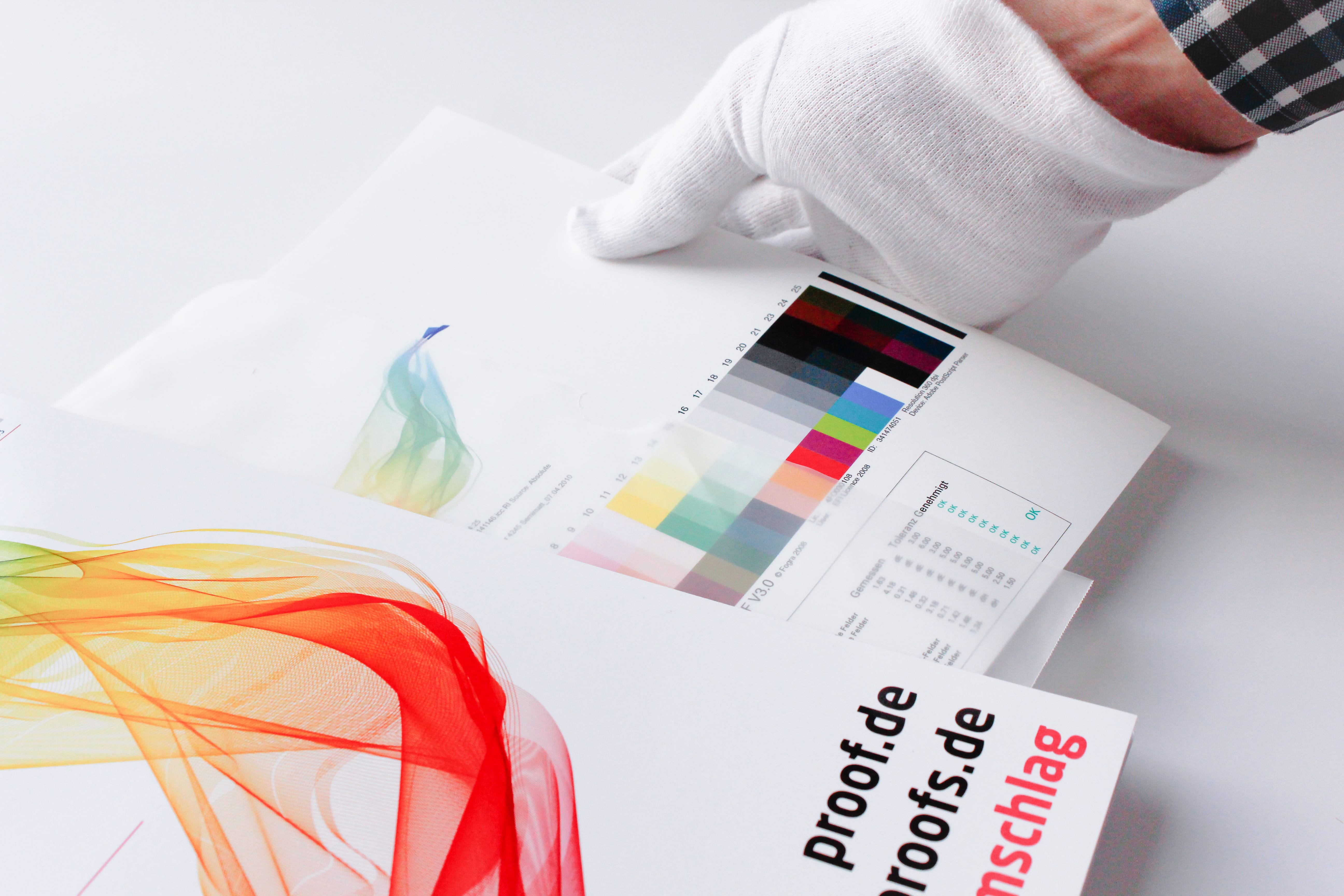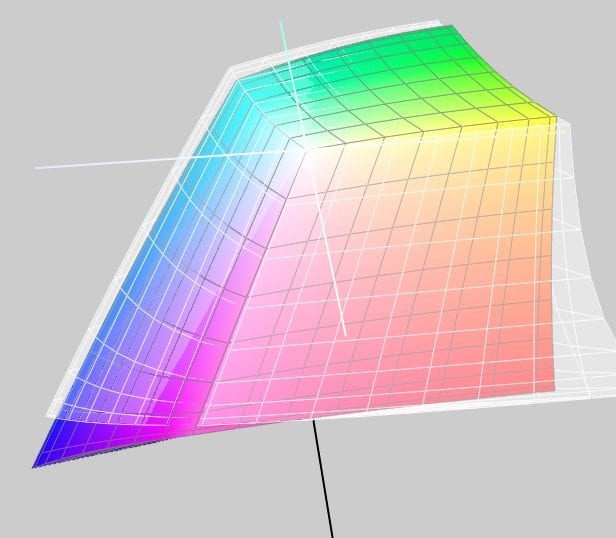PDF/X4 – The future of PDF/X?
The PDF/X4 standard, a new PDF specification for PDF export, has already been available for several years. But what are the advantages of PDF/X4? Users from the print sector have known the ISO PDF-X standards for many years. If the name PDF stands for “Portable Document Format”, i.e. the portable and thus transferable document, PDF “X” is a version specialized for “eXchange”, i.e. the exchange of PDF files. In concrete terms, this means that many of the functions that a PDF file can potentially display (form fields, calculations, 3D elements, …



